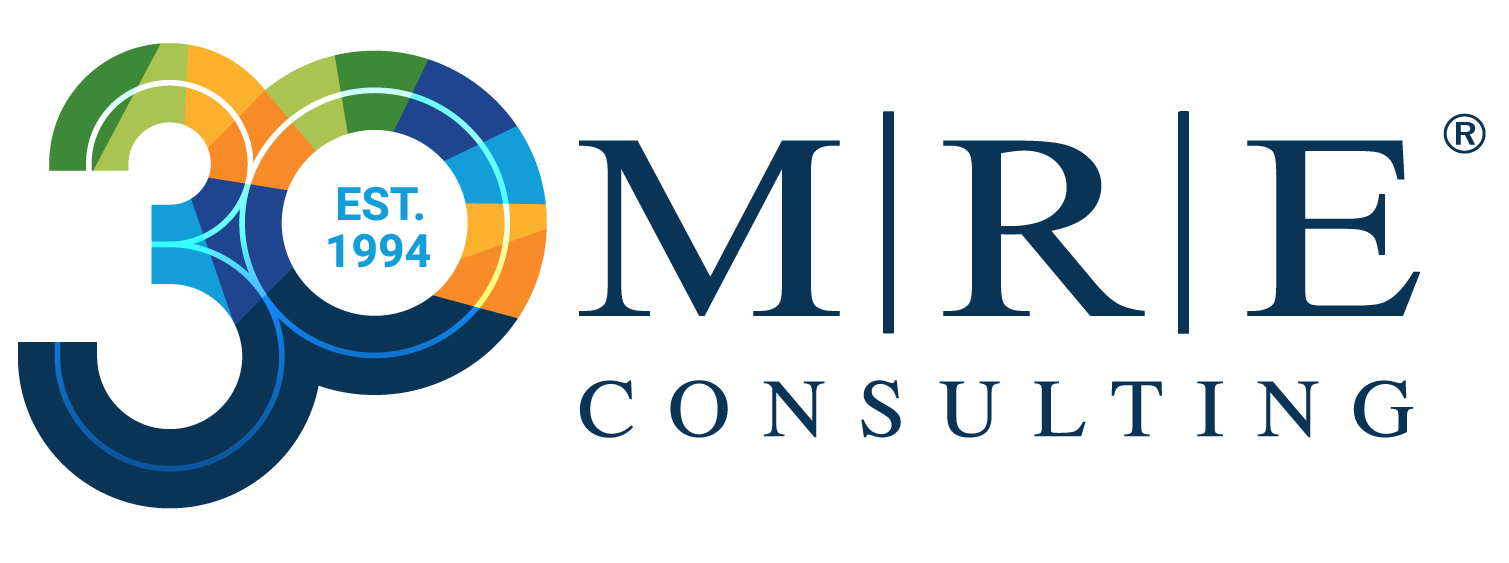By Keegan Klauke
September 27, 2022
Every company should assess their Salesforce platform at least once a year and make sure everything is in good working order. Obviously, when teams are short-staffed and business requests don’t slow down, having the time to do an assessment can feel like a dream.
Here’s a quick list of the benefits and impact of why you should make the time to do it.
- Salesforce publishes 3 releases a year with new functionality. Some of which address common requests from users. This functionality might allow for some quick wins for your organization or replace custom code with out-of-the-box configuration, making the functionality easier to support and maintain. Never mind a release, are you on Salesforce Lightning yet? Lightning has been available since 2015, and during that time, it has evolved into a robust platform with Lightning Web Components, Salesforce Flows, and Digital Experiences. We are still helping organizations migrate from Classic to Lightning, and they are amazed by what they have been missing out on.
- Most organizations have some sub-optimal code that they just keep proliferating. Addressing it sooner than later will be better for the organization as a whole. This is an opportunity to establish code standards like variable naming conventions, commenting procedures and streamlined trigger architectures. If you already have these, then this is your opportunity to review and fix them while you still have the same team in place. You can also consider governor limit impacts, integration protocols, dependencies on external systems, and how to optimize them. At a previous client, the company was repeatedly failing deployment validation because test class coverage was at the absolute minimum threshold of 75%. We reviewed the existing code and identified 50+ test classes that were under the 75% threshold and some classes even had 0% coverage. The architecture was built to allow them to bypass proper test class coverage which was quickly identified and a plan was put in place to rectify the situation. The client recognized the situation, quickly mobilized and collectively were able to implement a code cleanup strategy that resulted in an average of 86% code coverage over the org with no more delayed deployments due to code coverage. For any Salesforce Org, we recommend getting at least 90% coverage – the point it isn’t to meet the minimum threshold but to make sure your code is performing as expected, does not impact any of the existing functionality, and supports the business process.
- As business processes evolve, the underlying technology should evolve as well, but it often doesn’t. Conducting a platform review can also give teams an opportunity to revisit system design and compare it against business processes. Most likely, business processes may have changed, and there can be steps taken to optimize both the business process and the platform rather than allowing for work arounds or sub-optimal behaviors to continue unnecessarily. At one client, we did a full business process and system review. We documented how they priced and sold products to customers from order, delivery, to billing. When we compared the business process to how each step was supported in Salesforce, it was not aligned. There were extra steps that didn’t match the business process, areas for duplicative data entry, and screens/options that weren’t necessary. This created more work for sales teams and hurt user adoption in Salesforce. After identifying these gaps, we documented both the as-is and to-be business process and system architecture, and identified quick wins and small tweaks to realign the discrepancies allowing for the business users to regain trust in their system.
- Spend less time firefighting and more time building. With more use of out-of-the box functionality and more efficient code, there should be fewer performance issues and “unhandled errors” to surprise users. More efficient code also means that you have established an appropriate error logging framework to identify errors, log them independently, and generate user notifications. That way, errors are caught, logged, and handled appropriately. One of our clients had many integrations to different systems they were working on implementing when they decided to bring us on to take a quick health check. We helped the company uncover many integration errors that were silently failing because the responses from the other systems were not being captured in a try-catch block of code or being handled via a logging framework. The client quickly reconciled the situation by putting in place an integration error logging framework (using Apex and custom objects) to identify, and communicate the errors out to the appropriate technical administrators of their Salesforce Org.
The Salesforce platform isn’t cheap and not identifying exponentially growing technical debt early could easily lead to the erosion of business benefit or trust in your Salesforce Org. Continuous, regular review of your Salesforce platform will keep your system healthy and enable your team to deliver value faster, and be more nimble when priorities eventually shift.






